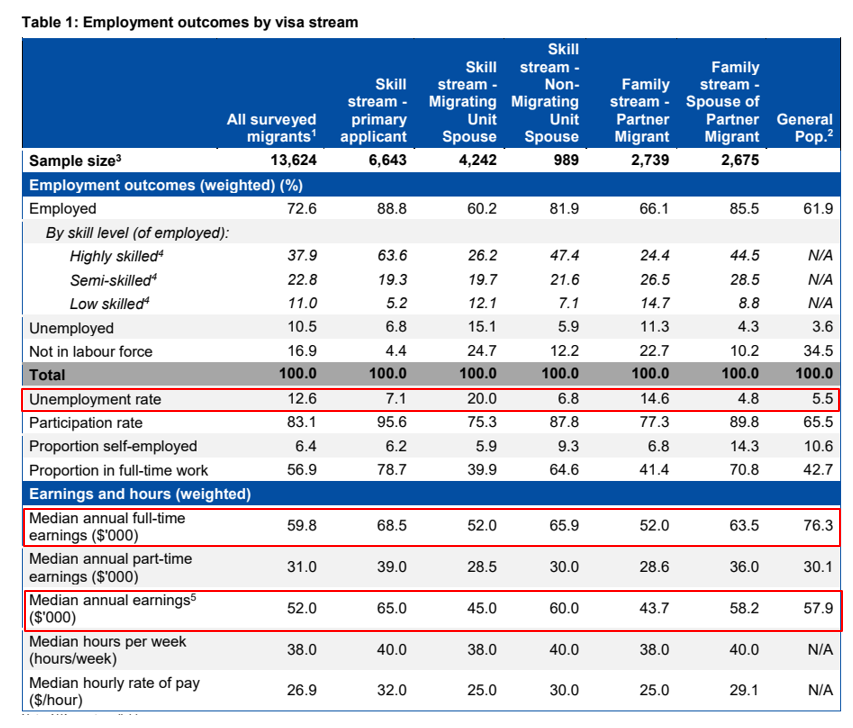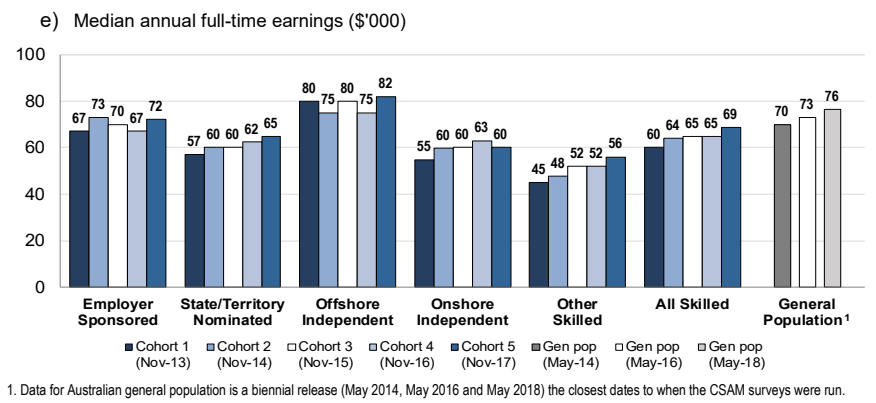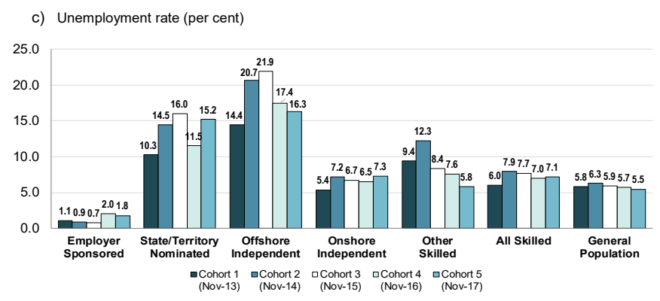It is becoming increasingly clear that the Morrison Government will use scaremongering over perceived ‘skills shortages’ to ramp-up immigration once the COVID-19 pandemic ends.
The Morrison Government has convened an inquiry into Australia’s skilled migrant program, to be headed by the Liberal Party’s Julian Leeser. A key aspect of the program it will look at is whether any adjustments are needed to the migration program to spur the economy’s recovery from COVID-19.
The inquiry comes as some employers claim they are struggling to find Australians who are willing to do certain jobs. One suggested solution is to roll over visas so that migrant workers don’t need to return to their own country when their work visa expires.
From The AFR:
The new government inquiry, chaired by Liberal MP Julian Leeser, will report on Australia’s skilled migration program with reference to several areas, including whether any immediate adjustments are necessary in the context of the future of work and pandemic recovery…
ANZ economist Catherine Birch said the COVID-19 restrictions were bound to create mismatches.
“We expect the extended international border restrictions will increase the likelihood and/or extent of skills mismatches in the Australian economy,” she said…
“It is possible that we see the unemployment rate come down more quickly than if there were migration. But migrants also tend to take jobs that don’t get filled by Australians (eg fruit picking) or address skills mismatches, whether local or national.”
Opening up the immigration floodgates in response to purported ‘skills shortages’ would be a retrograde move that would reduce the bargaining power of Australian workers, in turn lowering wage growth and keeping unemployment higher than it otherwise would be.
It would also hinder Australia’s productivity growth by crush-loading the cities, discouraging businesses from investing in automation and labour saving technologies, and diluting Australia’s capital and resources base.
The empirical evidence from the Department of Home Affairs’ Continuous Survey of Migrants shows unambiguously that Australia’s immigration program has delivered the nation low paid and underutilised workers:
As shown above, migrants have significantly worse labour market outcomes than the general population, namely:
- The median annual full-time earnings of migrants was $16,500 (22%) below the general population in 2017;
- The median annual earnings of migrants was $5,900 (10.2%) below the general population in 2017; and
- The unemployment rate of surveyed migrants (12.6%) was more than double the general population (5.5%) in 2017.
Even if we focus only on the skilled stream, both median earnings and unemployment are far worse than the general population:
Australia’s temporary ‘skilled’ visa system is arguably even worse given the $53,900 Temporary Skilled Migration Income Threshold (TSMIT) has been set 6% below the median Australian wage of $1,100 per week ($57,200 p.a.), which is biased down by the inclusion of unskilled workers:
Low wage growth is now considered by many economists, including RBA governor Phil Lowe, as being one of the key barriers to the Australian economy’s post pandemic recovery.
Ramping up immigration when there is so much spare capacity in the labour market will only make the situation worse.





